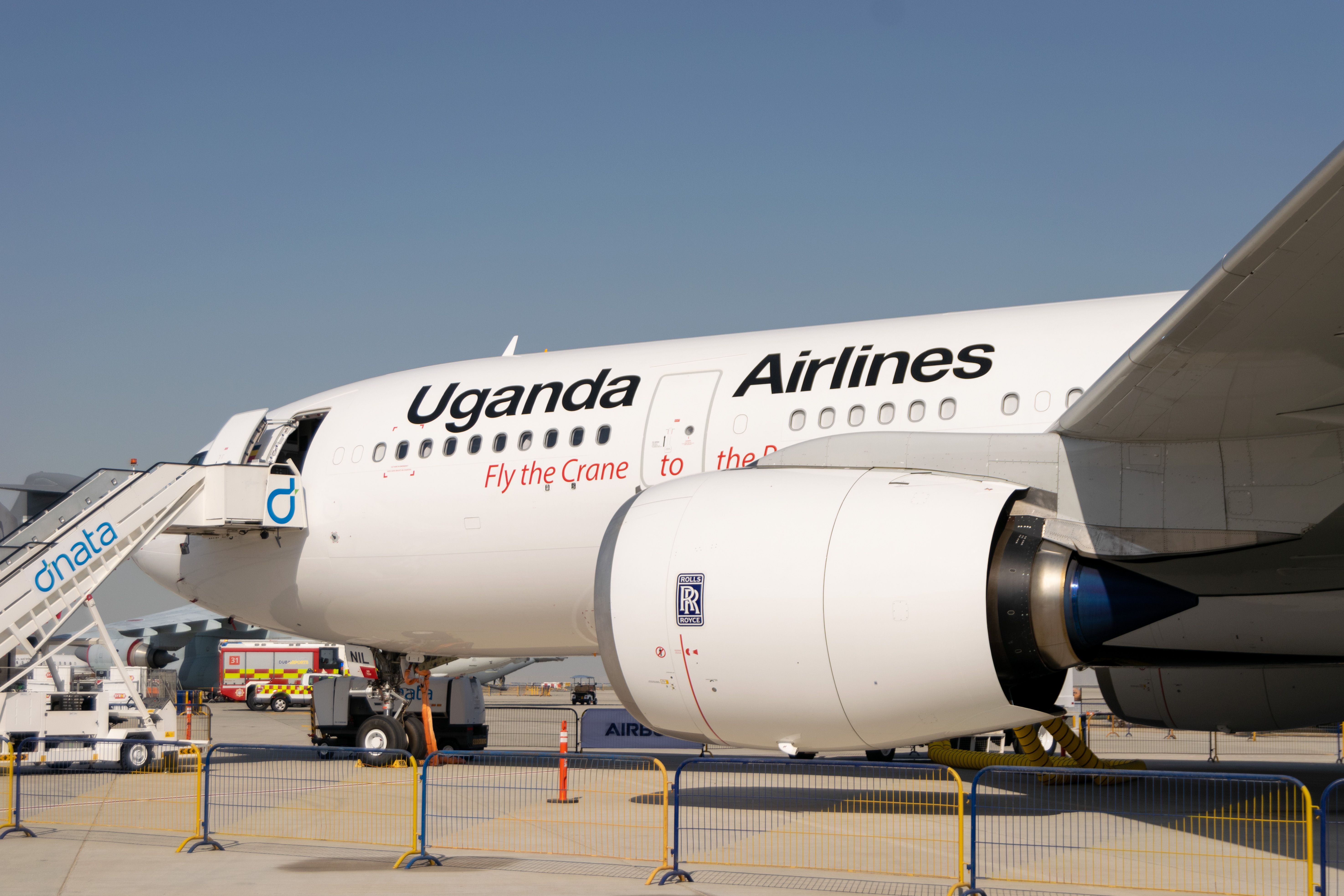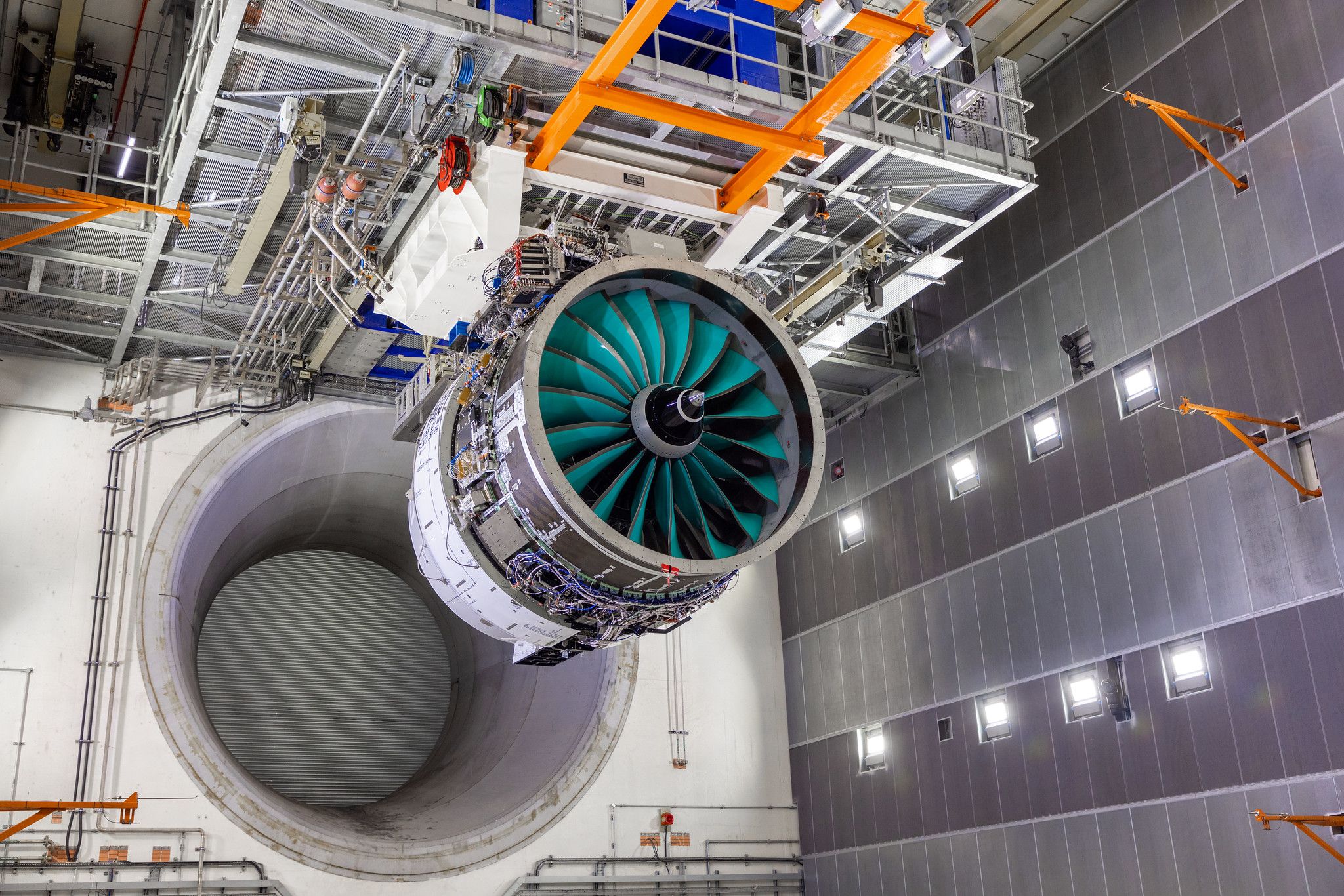The performance of jet engines is measured through the amount of thrust it produces per unit of fuel. In other words, a jet engine is typically advertised to the market by its fuel efficiency. The amount of thrust is directly proportional to the pressure ratio of the air entering the engine to the air exiting the engine. As a result of the manufacturers’ race to develop ultra-fuel-efficient engines, they must run hotter than ever to produce increasing levels of thrust.
A healthy jet engine running near maximum thrust levels experiences approximately 3,000 degrees F (1,700 degrees C) in the hot section. The Exhaust Gas Temperature (EGT), sometimes referred to as the Turbine Outlet Temperature (TOT), measures the temperature leaving the turbine’s exhaust. The EGT Margin measures the difference between the incurred takeoff EGT and the Redline (maximum limit) EGT. The EGT Margin measures the on-wing time and the engine’s health.
Increasing the thermal capacity of an engine creates options for customers who buy them. Burning fuel at higher temperatures increases maximum thrust. Pratt & Whitney determines that on some engines, the maximum thrust can be increased by up to 5% by increasing internal temperatures. Assuming that the engine is equipped with efficient thermal resistive materials, the customers have one of two choices.
It can either run the engine at the maximum allowable temperature to gain maximum thrust. Alternatively, customers can opt for conventional low-thrust operation, thereby having the engine last longer. While operating thrust varies based on customers and their requirements, OEMs tend to equip their engines for high-temperature operations when needed.
Photo: Vincenzo Pace | Simple Flying
Achieving greater EGTs means the use of efficient materials that can dissipate the heat more efficiently while producing the required thrust. The need to process hotter internal temperatures is pushing the limits of existing engine technologies.
However, using temperature-efficient materials, OEMs develop unique ways to enhance new engines’ performance. Moreover, the processes and methods in which such materials are manufactured play a vital role in the temperature capacity of those engines.
Engine hot sections
The engine core and turbine sections are some of the hottest sections of a jet engine. Core and turbine sections are manufactured with efficient temperature-resistant materials to ensure a streamlined flow of hot gasses during expansion. The thermal efficiency of the high-pressure turbine is significantly improved through advanced materials and coating techniques. According to Simon Burr, the COO for Civil Large Engines at Rolls-Royce,
“To get the performance and efficiency from this machine we need to grow the turbine temperature capability to a level higher than we have with any large aero engine in the past. Maintaining thermal efficiency at those higher temperatures is critical, so we’ve invested in new materials and coatings for the high-pressure turbine blades but also employed an intelligent cooling system that provides the right amount of cooling air to the blade throughout the flight cycle.”
Turbine blades feature an intricate set of internal passageways that allow cooler air to flow through. The cooler air extracted from the high-pressure compressor bleed blows over the surface and cools the outside and inside the blades. The blades have a slotted design which makes them hollow on the inside. Blowing through and over the surface, the cooler air keeps the melting point of the nickel-alloy-based metals within design limits.
Photo: Tom Boon | Simple Flying
Pratt & Whitney tackles the thermal tolerance issues by developing a new casting process to create the passageways inside the blade. Notably, efficient cooling systems do not require additional air from the compressor bleed. Instead, thermal cooling uses the same amount of bleed air and optimizes it for cooling purposes.
Efficient materials such as metal superalloys, ceramic matrix composites (CMCs), and carbon-based materials are used in various areas of the engine. These materials have much greater thermal resistance. Thermal resistance is a measure of the level of difficulty the material possesses for heat to be conducted. Thermal resistance is the temperature difference between two given points by the heat flow between the two points. The heat flow is measured in terms of units within a specified time.
Unique cooling techniques are used to improve the engine’s operating efficiency while keeping wear to a minimum. Moreover, optimized cooling methods increase the life of the turbine blades. For example, Rolls-Royce says that the improved cooling method on the high-pressure turbine (HPT) blades doubles the life of the blades. While greater internal temperatures of the engine enhance performance, efficient cooling systems keep the wear to a minimum.
Increased blade life also translates to more time-on-wing. The OEMs also use efficient thermal coatings on various hot sections to serve as heat barriers. These coatings protect the parent material against high temperatures. Without the thermal barrier, the maximum allowable temperature would be significantly limited due to the melting point threshold of superalloys.
Use of Ceramic Matrix Composites
Ceramic-Matrix Composites (CMCs) are lightweight replacements for metal alloys, offering nearly one-third of the material density but superior physical and thermal properties. The use of CMCs on jet engines is becoming significantly common. It enables OEMs and operators to maximize the temperature limits on the engine.
Photo: Rolls-Royce
CMCs comprise a combination of ceramic fibers embedded in ceramic matrices. From carbon-carbon to carbon-silicon carbide and aluminum, CMCs take various forms depending on the application. During CMC manufacturing, fibers are laid up in the desired shape or form before being infiltrated with the matrix material. According to GE,
“GE turbine shrouds made of CMCs now successfully operate in the hottest section of the best-selling LEAP turbofan, produced by CFM International (a 50/50 joint company of GE and Safran Aircraft Engines), which is powering hundreds of single-aisle commercial jetliners.”
Federal Aviation Administration’s (FAA) Continuous Lower Energy, Emissions, and Noise (CLEEN) program is an initiative toward the use of efficient materials on jet engines. OEMs aim to turn CMCs into commercial jet hot zones. This way, the potential of the existing jet engine technology can be expanded.
What are your thoughts on the use of efficient materials in modern jet engines? Tell us in the comments section.
[ad_2]
Source link





